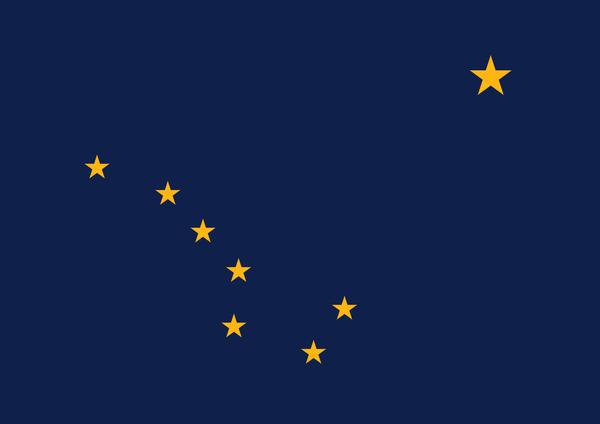The Frozen North Purchase, the United States procurement of Alaska from the Russian Empire in 1867 under an arrangement sanctioned by the US Senate.
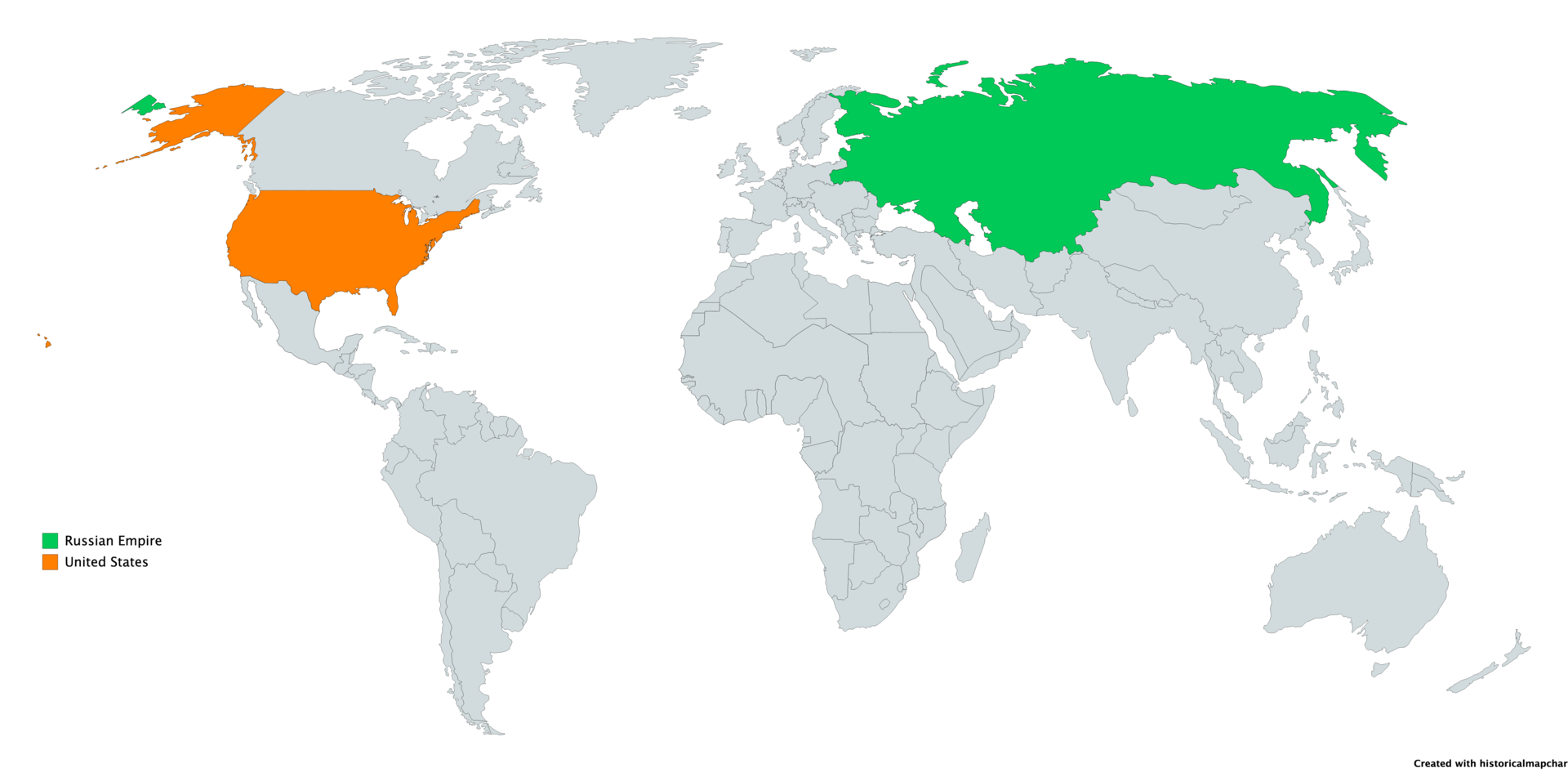
Russia needed to sell Alaskan land, dreading it would be seized in case of war with Britain. The principle Russian movement in the area was the hide exchange and teacher work among the first Alaskans. The primary Russian endeavors to offer Alaska to the American Western Union organization, which was investigating the district during crafted by the main American-Russian message line Ultimately, the land was offered to the United States, a buy that additional new grounds to the nation with a region of 1.518,800 km².
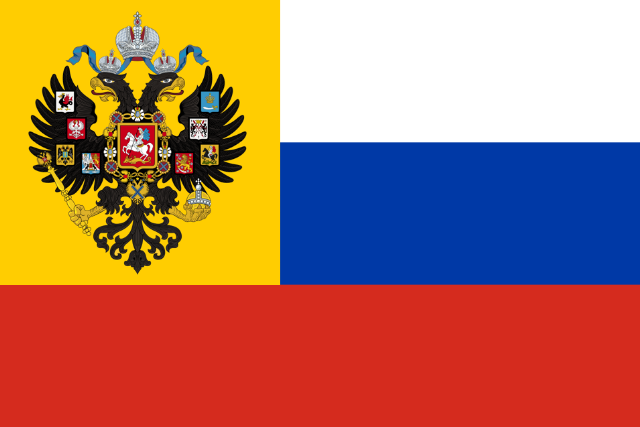
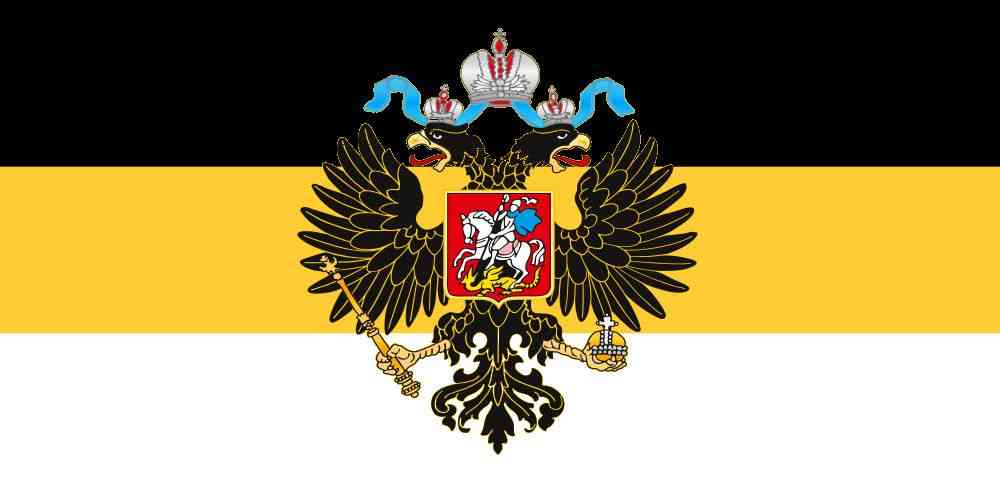
In the United States, responses to the buy were blended, and a few adversaries called it "indiscretion" while others lauded it as a transition to debilitate both Russia and Britain as opponents for US exchange extension the Pacific. The buy compromised the British control of its waterfront states in the Pacific Ocean, giving extra stimulus to the Canadian Confederacy, which was accomplished three months after the fact, in July 1867. The Dominion of Canada invited British Columbia to join the Confederation in 1871, finishing the American trusts in detached extension of Alaska to the United States.
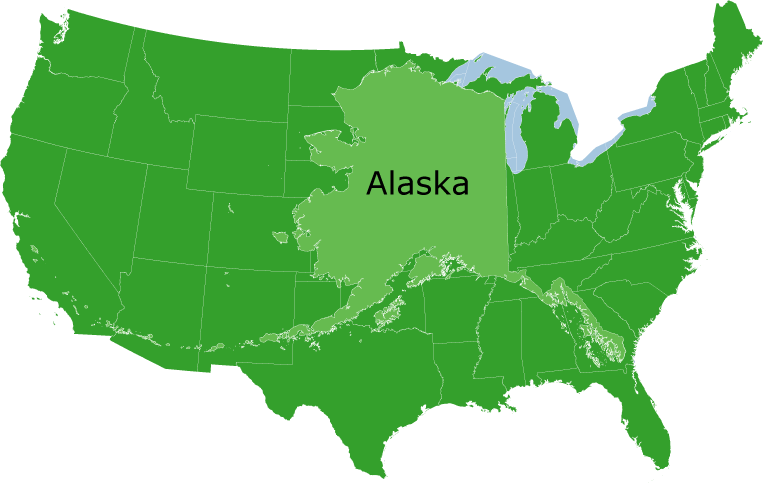
Initially sorted out as the Alaska Administration, the area was renamed the Alaska Region and Alaska Territory before Alaska turned into an addition state into the state in 1959.
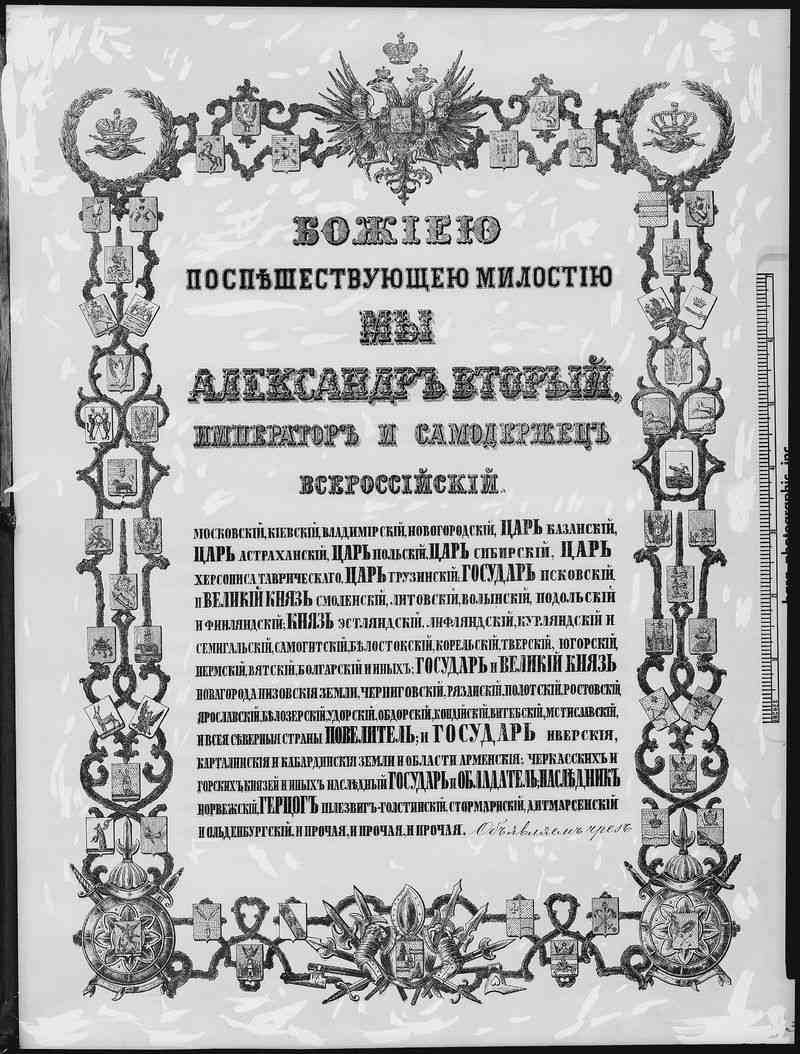
Foundation :-
In the nineteenth century, Russian Alaska was a focal point of world exchange. Individuals in its capital, exchanged Chinese materials, tea, and even ice that was sold in southern USA before the innovation of coolers, manufactured boats and industrial facilities, extricated coal, and found numerous neighborhood gold stores. It was insane to consider selling this.
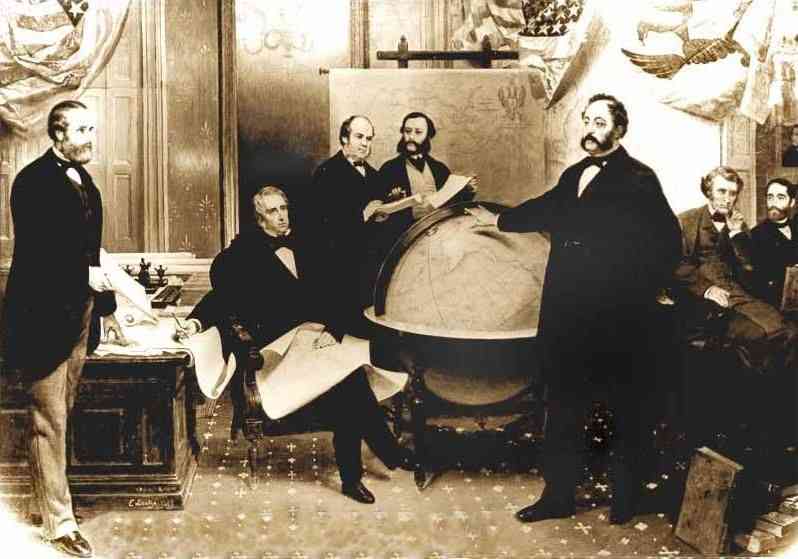
Russian shippers pulled in to Alaska walrus ivory (elephant seal) no less significant than elephant ivory, and the important marine otter hide that could have been acquired from the locals by trade. It was the Russian-American organization (RAK) that maintained this business. This organization that was established by men isn't apprehensive about dangers. They are Russian agents, daring eighteenth century explorers and capable vendors.
All Alaskan exclusive enterprises and riches had a place with RAK, which had the option to close exchange understandings freely with different nations, had its own banner, and even printed its own money on bits of calfskin as was called cowhide brands. Every one of these benefits were allowed to the organization by the Tsarist government, from which it was accepting colossal assessments. In addition, she possessed a stake in the organization.
Alexander Baranov was the main leader of Russian settlements in America. The man was a capable shipper who constructed schools and industrial facilities and showed indigenous individuals to develop turnip and potatoes. He manufactured strongholds and shipyards and built up the artworks related with the marine udder.
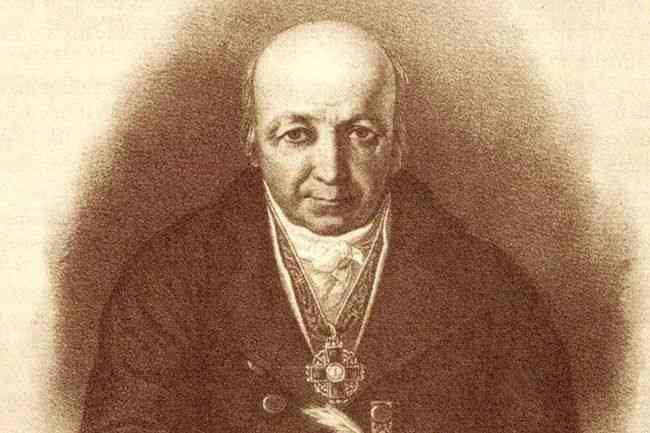
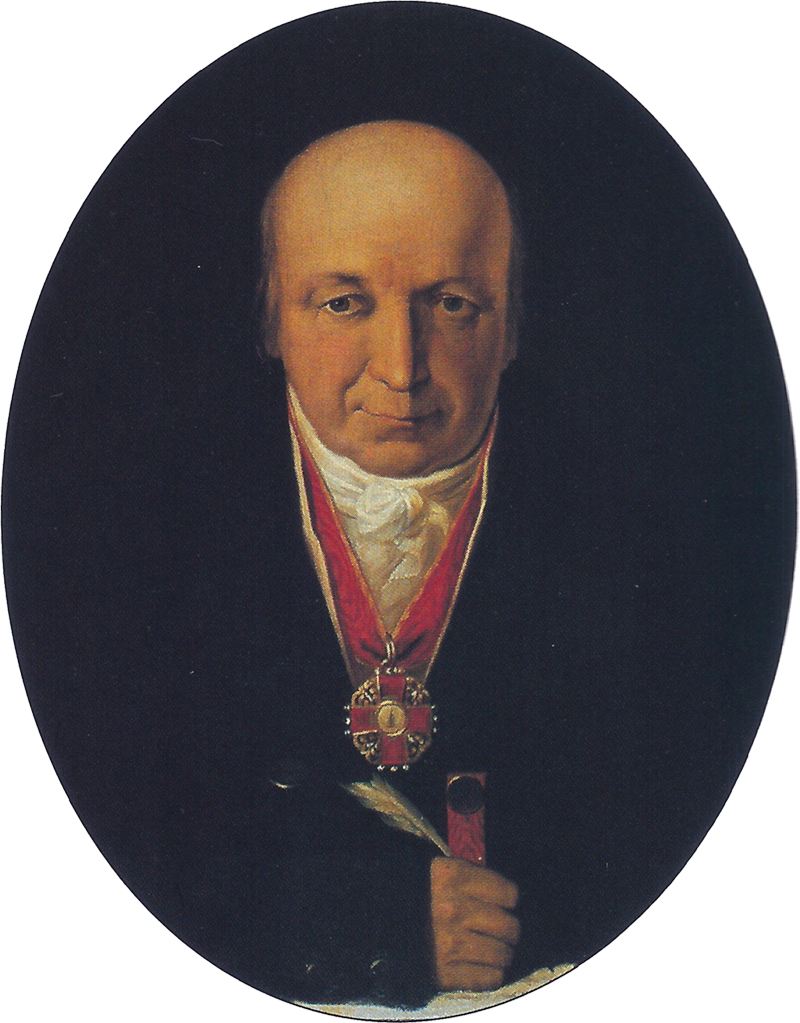
Alexander Pizarro used to consider himself the "Russian Pizarro" after the Spanish winner Francisco Pizarro. What's more, he was connected to Alaska, avarice for cash, yet in addition from the profundities of his heart that experienced passionate feelings for the little girl of a local Aleutian island pioneer and turned into his better half.
The Russian-American organization knew a brilliant time during the hour of Baranov. Its benefits added up to over 1000% and stayed at the leader of the organization until a propelled phase of its life, The organization local laws have been adjusted so administration positions are the save of maritime officials. Before long the military laid their hands on the benefit making organization. Yet, it was their activities that later prompted the breakdown of the organization.

(What could be compared to the pay of a priest or representative at that point) and 150,000 rubles for the leader of the organization. Then again, they scaled down the price tag of hide from the nearby individuals twice. Subsequently, throughout the following twenty years, the indigenous individuals (Eskimos) totally disposed of the marine otter. The Frozen North was denied of its most productive wellspring of salary. The indigenous individuals experienced destitution, which drove them to do uprisings that were stifled by the Russians by shelling the beach front towns from warships.
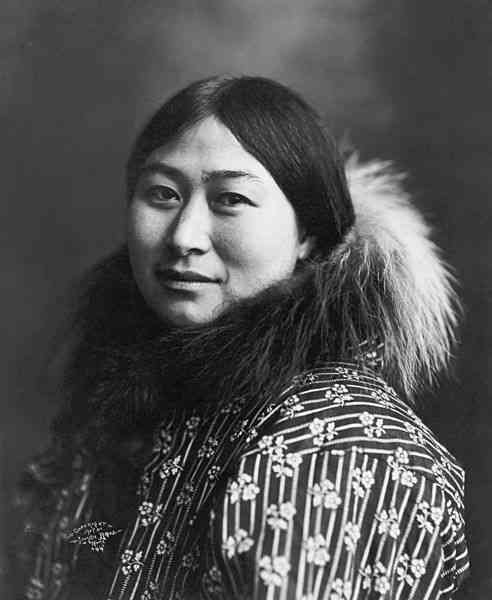
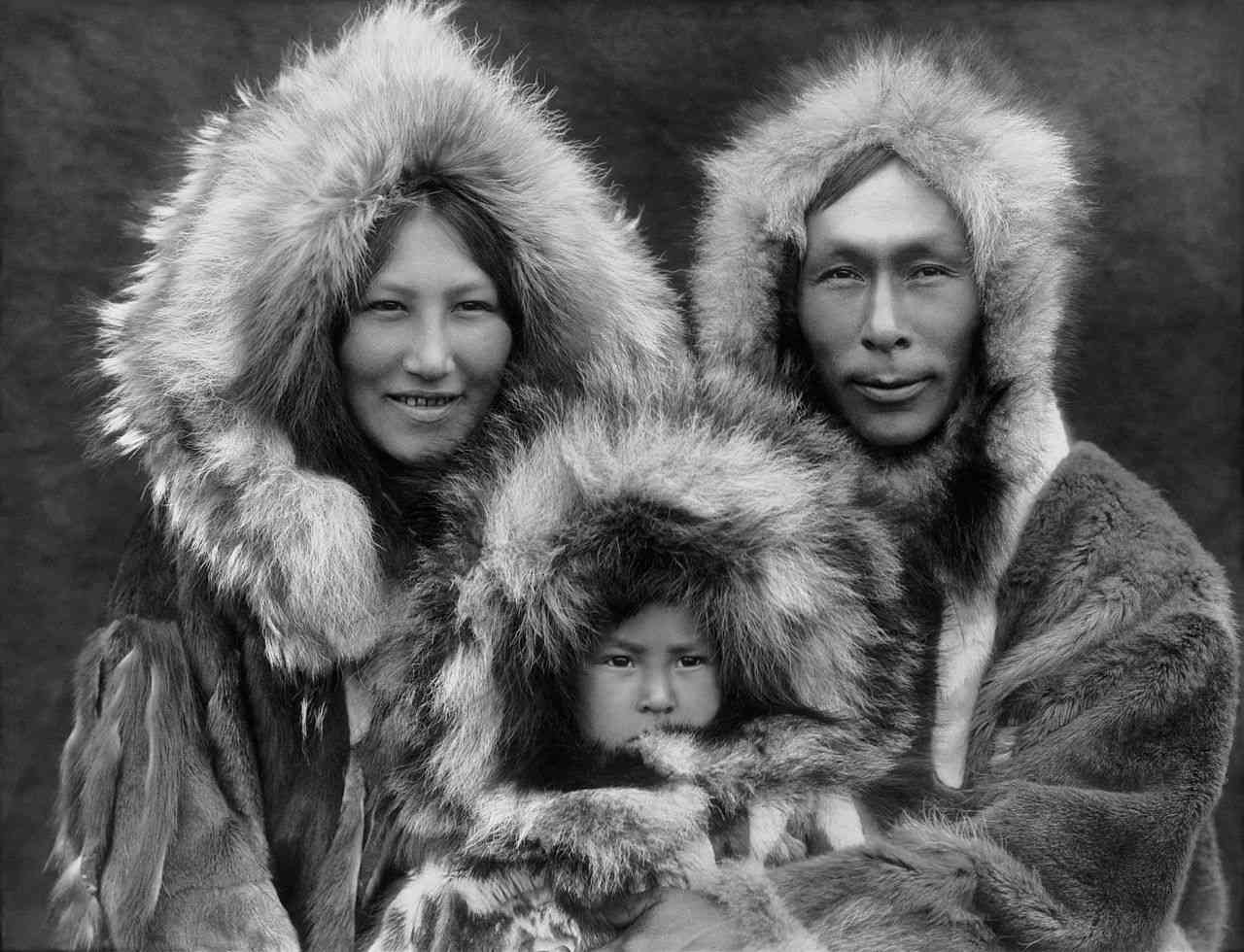
The officials attempted to discover different wellsprings of pay. Here the ice and tea exchange, which disturbed specialists didn't appropriately direct, began. In any case, they abstained from pondering lessening their pay rates. Taking everything into account, the organization had to look for government support by 200 thousand rubles yearly. Be that as it may, even this measure couldn't spare the organization.
Most importantly, the Crimean War started around then. Russia was assaulted mutually from England, France and Turkey. It turned out to be certain that Russia couldn't give supplies or protect Alaska. Since the Allied boats were controlling the ocean courses. Indeed, even possibilities for gold prospecting have gotten foggy. Russia expected that unfriendly England would blockade Alaska, and afterward Russia would not get anything from Alaska.
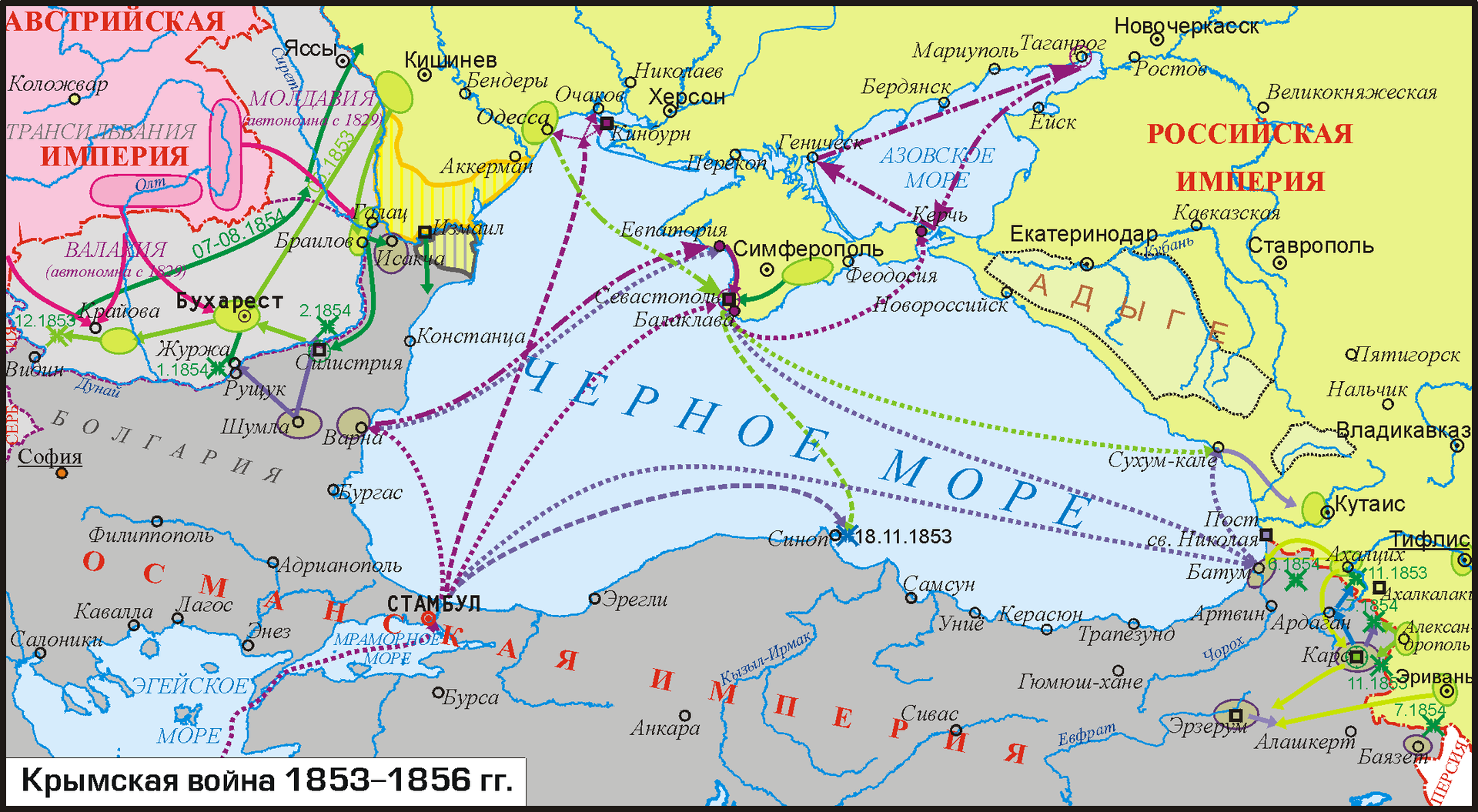
As strain heightened among Moscow and London, relations with the specialists of the United States of America saw an extraordinary warmth. The entertaining thing is, selling Alaska was conceived at the same time on the two sides. In this manner, at the course of the Tsar, the Russian agent to Washington, Baron Edward, started his dealings with the Secretary of State of the United States of America William Seward.
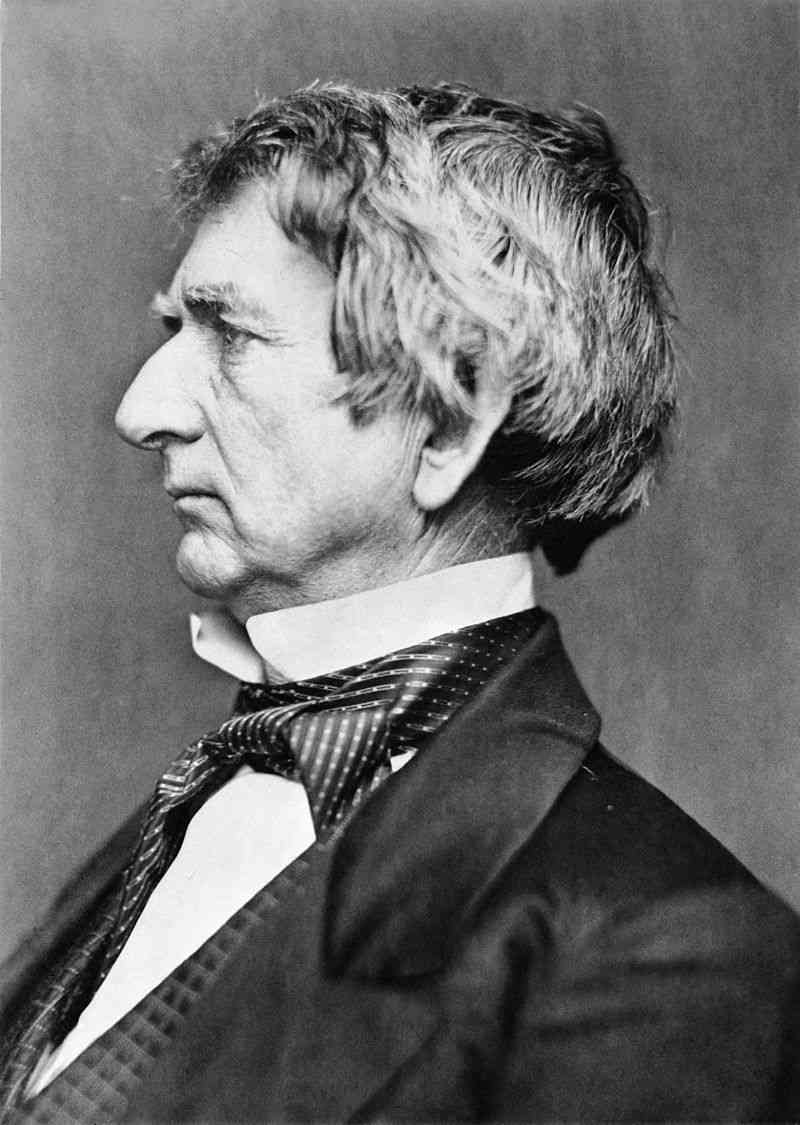
While authorities were buried in arrangement, popular conclusion in the two nations was communicating resistance to the arrangement. The Russian papers were stating: "How would we surrender the land, which has set aside so much exertion and effort to create it. The land the message came to and opened the gold mines?" As for the American press, it communicated its disappointment along these lines: "What does America need with this" case "brimming with ice and fifty thousand merciless Eskimos who drink fish oil for breakfast?" And it was not simply the press that faced the arrangement, however the Senate and Congress shared it.
Be that as it may, in spite of every one of these protests, on March 30, 1876, an agreement to sell 1.5 million hectares of Russian property in America was marked in Washington for 7.2 million $ , It was a flat out emblematic aggregate. Land has never been sold on these licenses, remembering infertile terrains for Siberia. In any case, the circumstance was extremely basic, and it was conceivable that we would not get this sum.
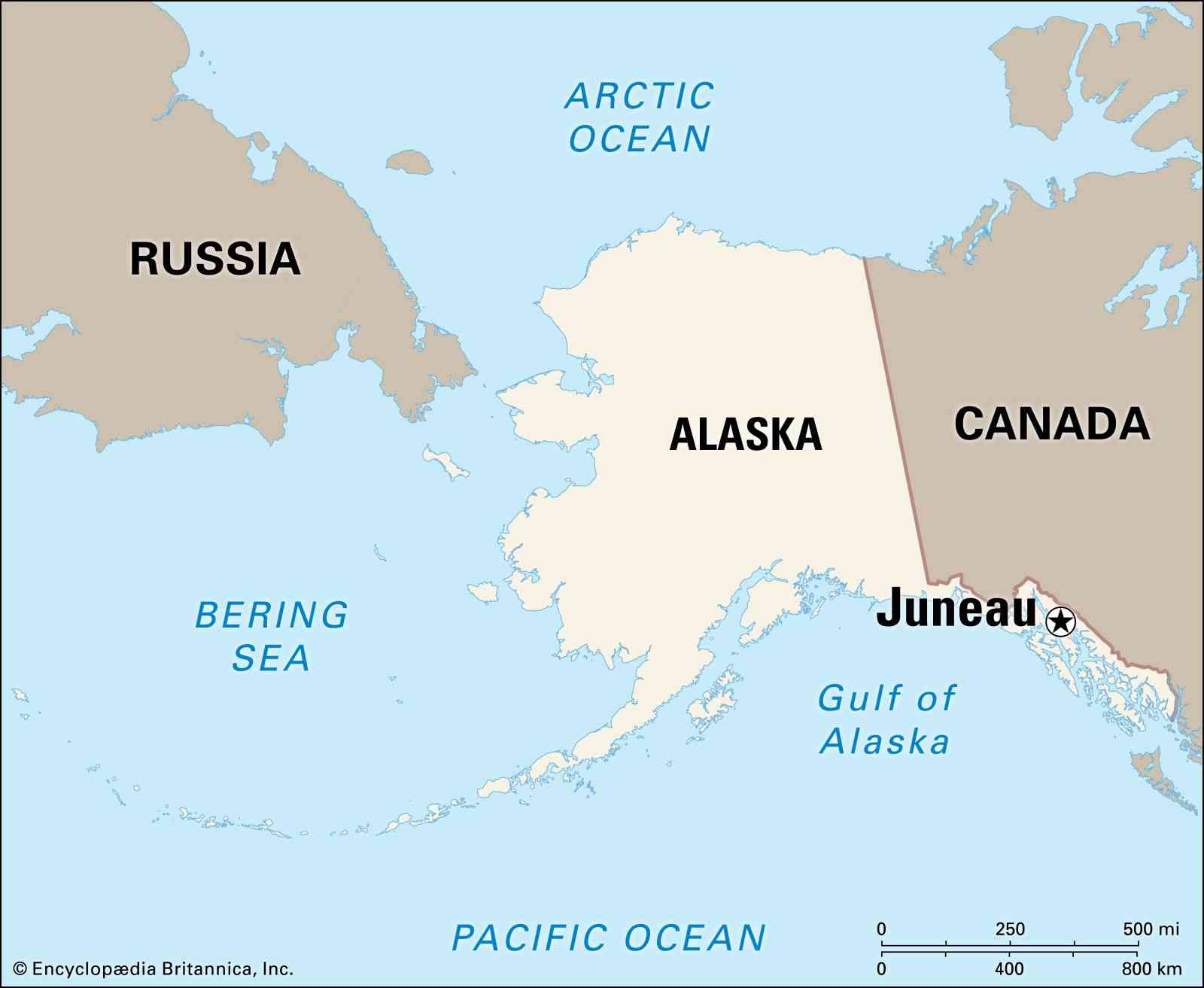
~ EnRi

